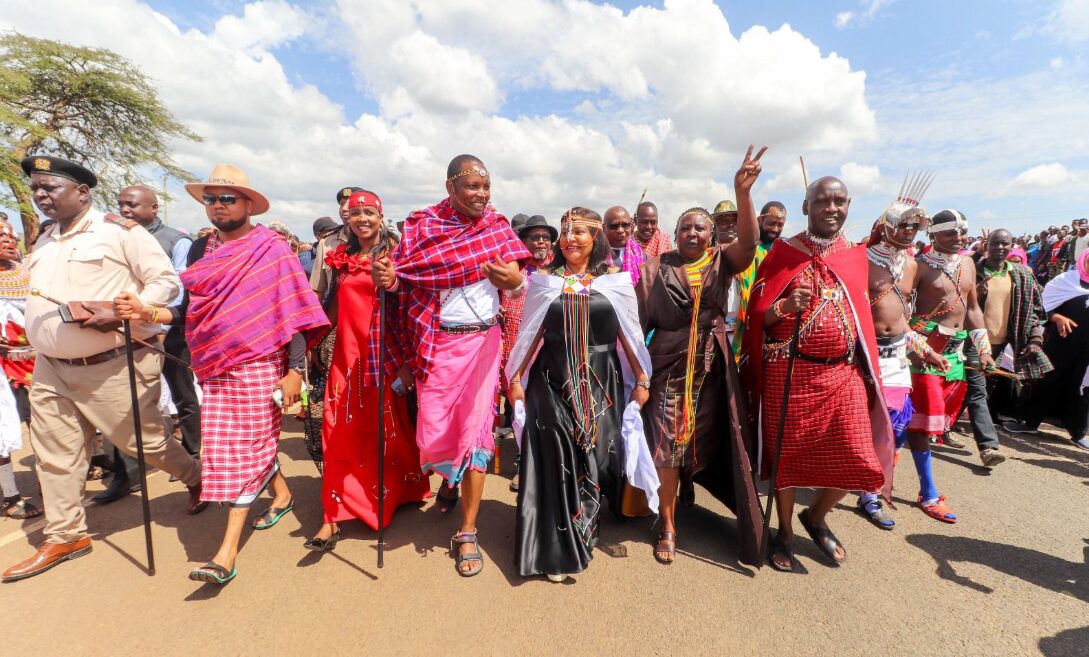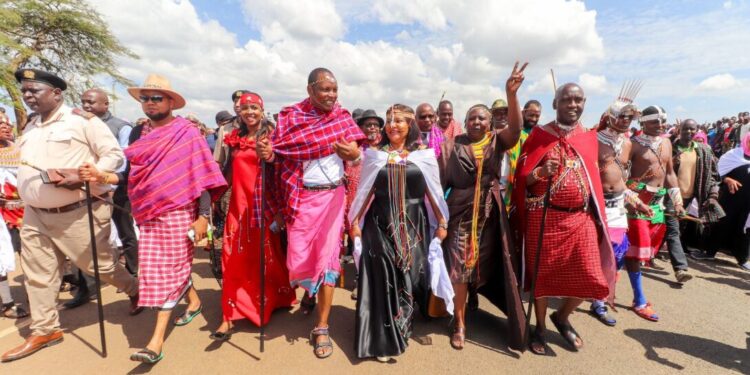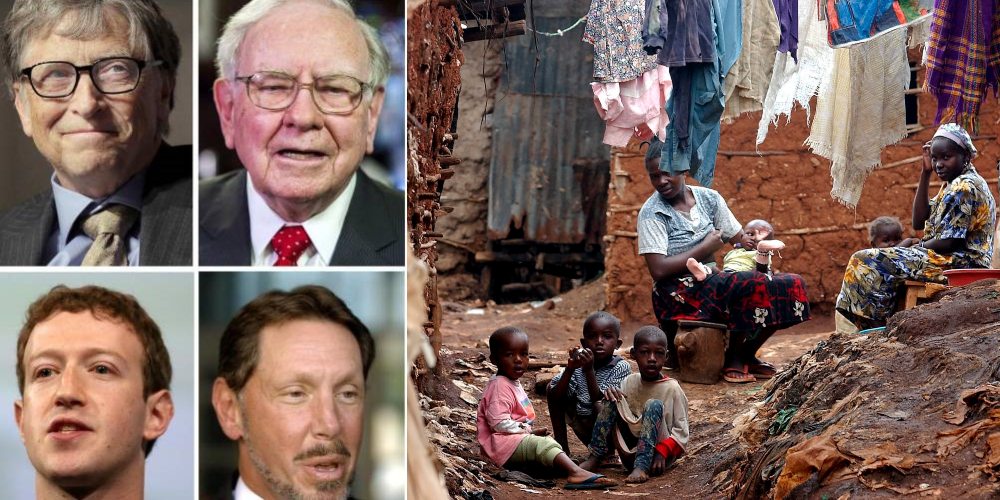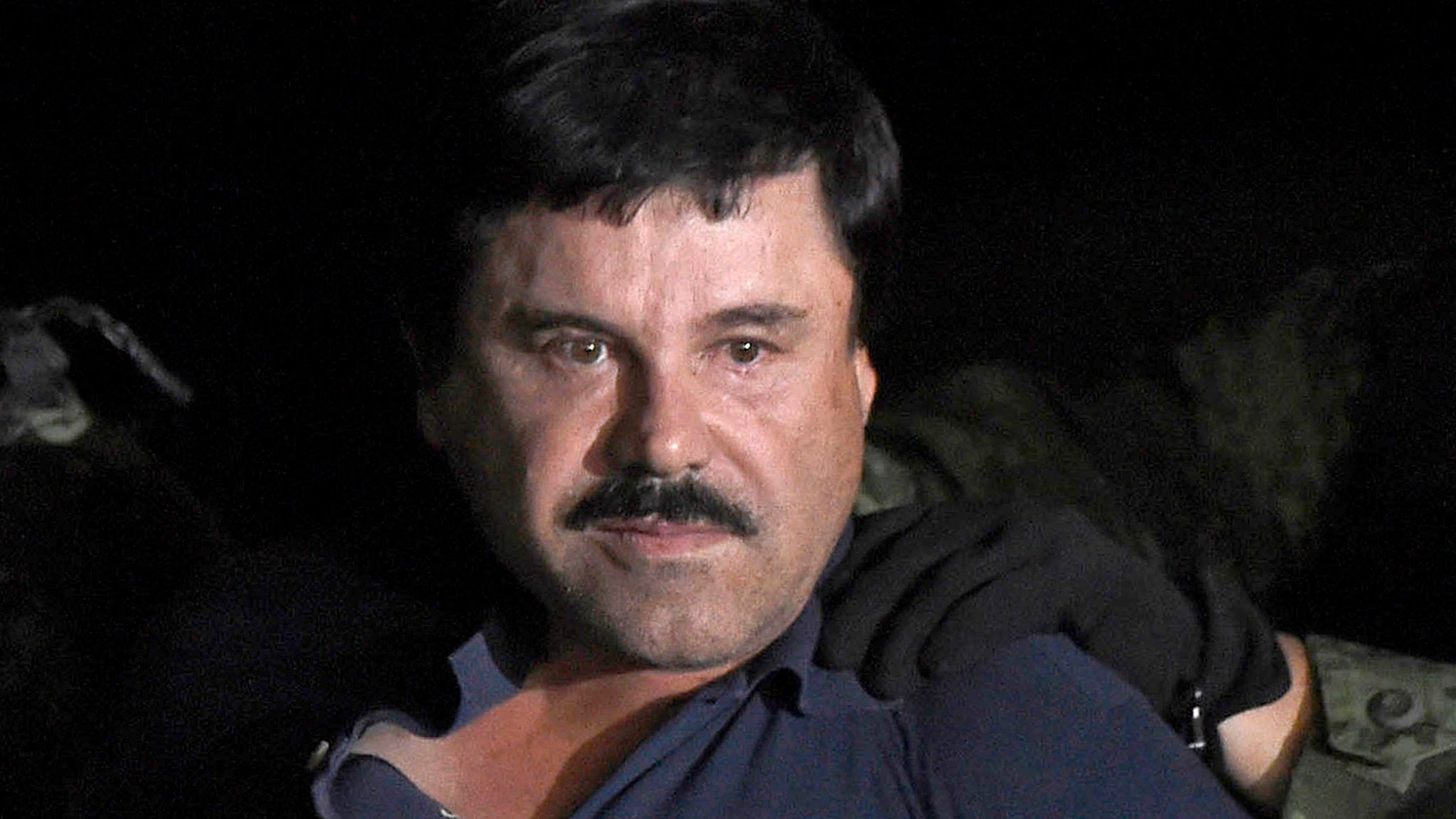The Maralal International Camel Derby returned for its 32nd edition in Samburu County, drawing thousands of visitors and reaffirming its place as one of Kenya’s most distinctive cultural and sporting events.
Tourism and Wildlife Cabinet Secretary Rebecca Miano joined Samburu Governor Lati Lelelit at the festival, which brought together participants from across Kenya and international visitors in a celebration of camel racing, heritage, and community identity.

Governor Lelelit described the derby as a flagship cultural product that has, for more than three decades, placed Maralal and northern Kenya firmly on the global tourism map.
“The Maralal International Camel Derby is an annual event that has been here for the last 32 years, which has put Maralal on the global map,” said Lelelit, noting that the county is working to expand the festival’s reach by showcasing culture, cuisine, and artisanal crafts.
He added that the partnership between Samburu County and the national government has been instrumental in sustaining the event and growing its reputation beyond borders.
CS Miano noted that the derby is more than entertainment, calling it a powerful platform for promoting heritage and unique tourism experiences capable of attracting both local and international tourists.
“The derby plays a role in promoting our heritage and offering unique tourism experiences that can be explored by visitors from all over the world,” said Miano during the event at Maralal.
For the Samburu community, the camel derby has evolved into an economic driver, supporting local vendors, camel owners, riders, and traders who benefit from the influx of visitors purchasing handicrafts, food, and accommodation services.
Employment opportunities also arise from the festival, with residents working as camel handlers, guides, and performers, linking tourism directly to livelihoods in the region.
The cultural dimension of the event remains central, with Samburu music, dances, and beadwork on display, preserving traditions that form the foundation of community identity while fostering unity among pastoralist groups.
Camel rearing, which anchors the derby, has also become an adaptation strategy to climate change in arid Samburu, providing a resilient source of food and income and promoting sustainable practices that support environmental conservation.
Over the years, the festival has spurred investment in tourism infrastructure across Samburu, leading to the establishment of new lodges, guided tours, and support services catering to the growing number of domestic and foreign visitors.
With more than 30,000 people attending the annual spectacle, the camel derby has solidified its place as Africa’s only camel racing festival and a unique attraction for cultural enthusiasts and adventure seekers.
For Samburu County, the event is both a celebration of heritage and a foundation for sustainable development, linking culture, tourism, and resilience in the face of social and environmental change.
Kenyan Business Feed is the top Kenyan Business Blog. We share news from Kenya and across the region. To contact us with any alert, please email us to [email protected]











